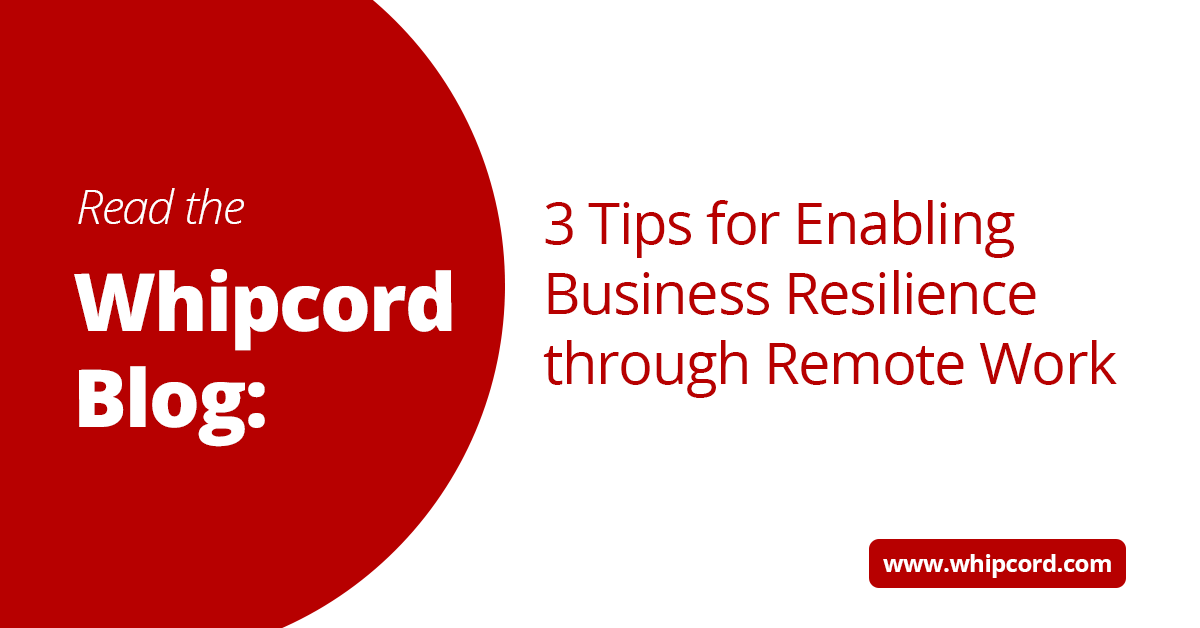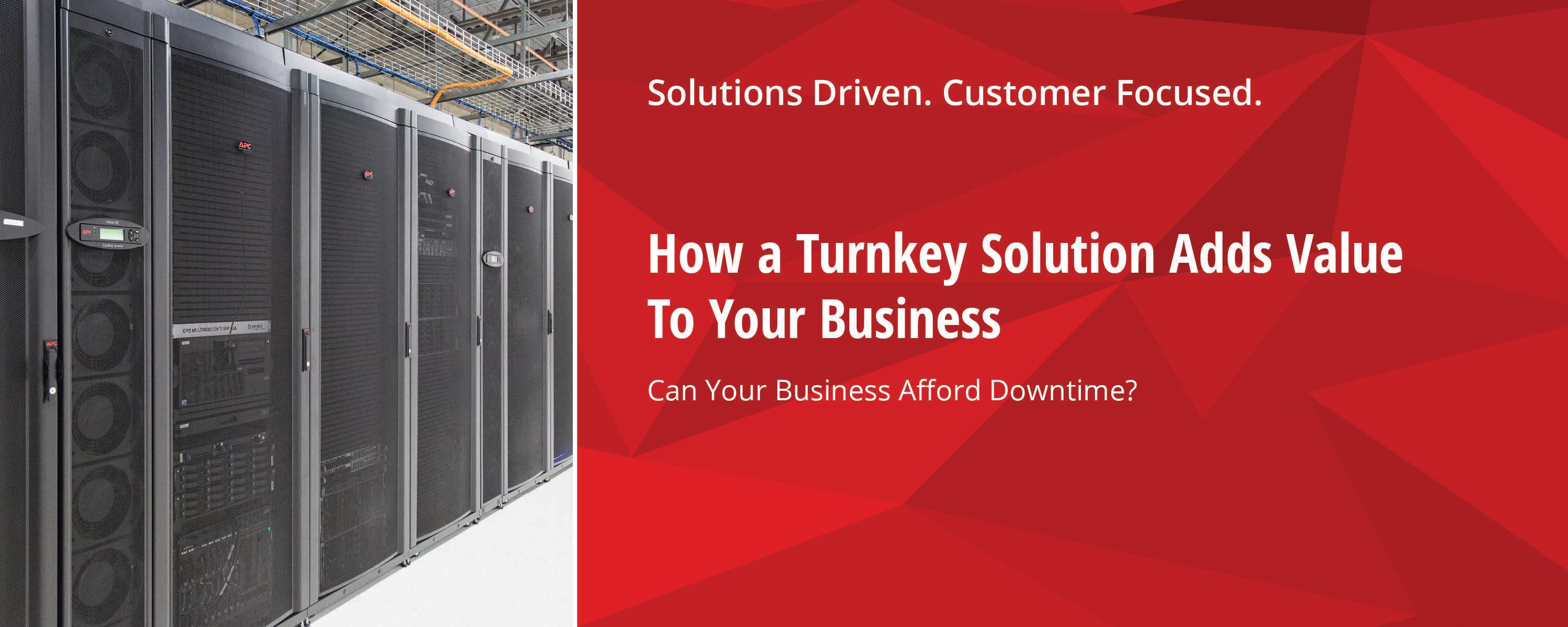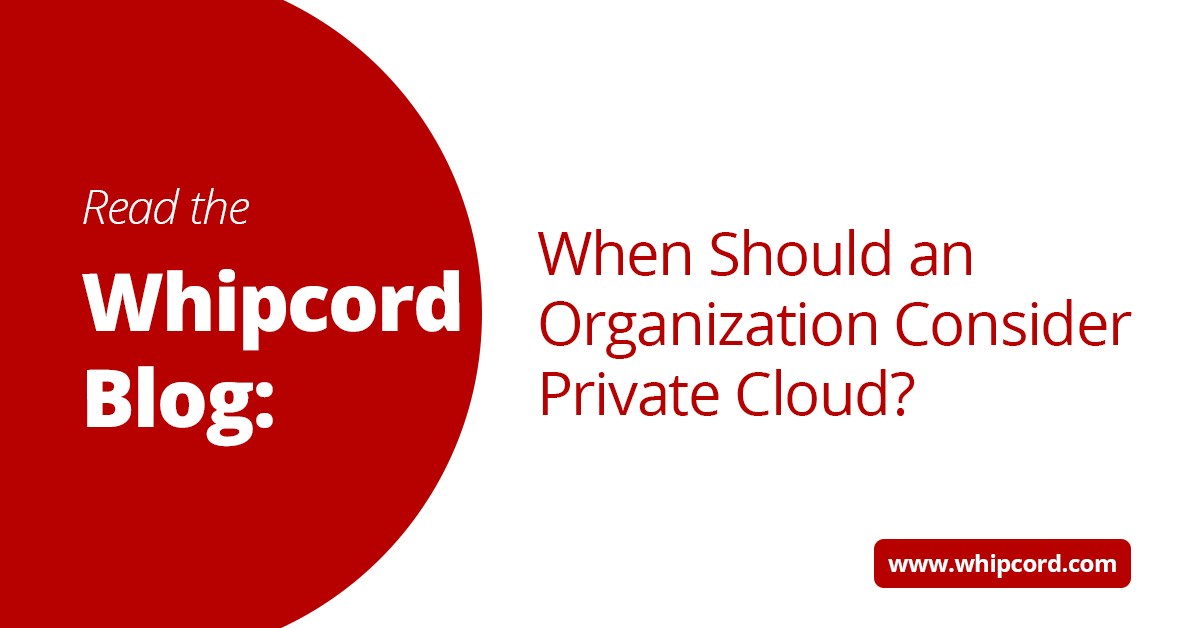Challenges in Scaling up IT Infrastructure
With the recent shifts in the economic landscape, several industries are facing challenges in scaling up their IT infrastructure and responding to new mandatory work from home protocols set forth by governments. These new regulations are demanding that companies respond rapidly to enable their workforce to work remotely.
Over the years, Whipcord has been assisting companies with technology, tools and expertise to facilitate such demands. We’ve created some helpful tips that may help companies to evaluate their existing IT resources and begin to scale their remote work capabilities in response to the changing environment.
Tip #1: Ensure your infrastructure is secure and provides sufficient connectivity
When working in an office environment, it seems like a natural fit to have your IT infrastructure located in the same office, in a server room of some sort. However, most office server room environments leave a lot to be desired in terms of backup power, connectivity, and security.
Relocating your IT infrastructure to a high-quality data center in a safe location and/or migrating service to the cloud are good strategies not only for supporting a remote workforce, but also for reducing IT risk in general.
In addition to reducing risks associated with power failures, overheating and fire, data centers and cloud services also offer much better connectivity solutions. The number one factor affecting the remove work experience will be the speed and quality of your connectivity.
In a recent article by the Financial Post, the head of software and cloud services research at IDC Canada - Megha Kumar, said: “The challenge with having so many individuals logging on at once is that most organizations do not have their servers scaled up to manage the number of gateway licenses needed to have hundreds or thousands of different virtual private networks (VPNs) connect at once.” This proves that large industries are struggling to meet the new capacity demands.
Tip #2: Be sure to have a Virtual Private Network in place
As the workforce transition to work from home, having a VPN in place will ensure your users have a secure remote connection back to your IT infrastructure.
A VPN creates a secure network tunnel between your remote users and your IT infrastructure. With a VPN tunnel in place, your employees will be able to securely access any IT resources just as they could when sitting in the office. They can connect to email servers, file shares, and internal web resources from their laptop or other device. If they have a desktop computer sitting in the office, they can also remotely connect to that computer and use it just as they could if they were in the office.
VPNs do bring additional considerations, particularly in terms of security. With users now able to connect their own devices to the corporate network, it’s important to have policies in place regarding things like antivirus software and management of confidential data.
Tip #3: Ensure you have adequate backup and Disaster Recovery planning
Bad actors are leveraging the current situation with COVID-19 to bait users into clicking on dangerous content such as ransomware that may hold your data hostage. Now more than ever, backups and Disaster Recovery planning are critical.
Many backup strategies involve parodically rotating media such as tapes or disks offsite, to ensure that you have a copy of your data somewhere else in the event of theft or fire. However, with restrictions in place during the current COVID-19 outbreak, it’s not always possible to perform this type of offsite media rotation.
Cloud backup solutions ensure that your data is safely and automatically backed up offsite, eliminating any need for media rotation and ensuring that your data is safe from ransomware and other threats. In addition, all businesses should have a Disaster Recovery plan in place. Leveraging cloud-based Disaster Recovery solutions can significantly reduce the time required to recover from a disaster and the associated loss of revenue.
In times when the economic landscape keeps shifting, businesses need the right technology to remain resilient and respond to the changing needs of their workforce. Enabling remote work now means that many businesses will have to scale up their IT services and implement solutions right now in order to adapt and respond. By choosing the right technology partner, business can build the foundation for future success and be better prepared to embrace the new wave of the remote work.
Whipcord has been a trusted IT partner for over 15 years and can provide the infrastructure and expertise to help your business scale their IT resources to meet the evolving demands.
Learn more about Whipcord products that can help your business become more resilient. Click here
Sources: https://business.financialpost.com/news/fp-street/covid-19-big-banks-challenges-remote-work
-1.png?width=1092&height=792&name=logo%20(1092x792)-1.png)
%20copy(black%20letters).png?width=1092&height=792&name=logo%20(1092x792)%20copy(black%20letters).png)




.png?width=100&height=91&name=white%20logo%20(100x91).png)